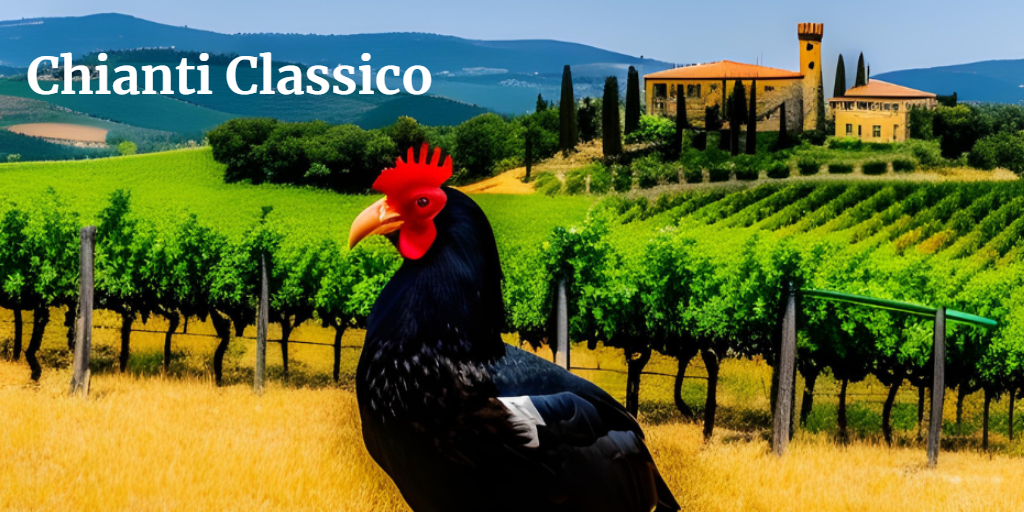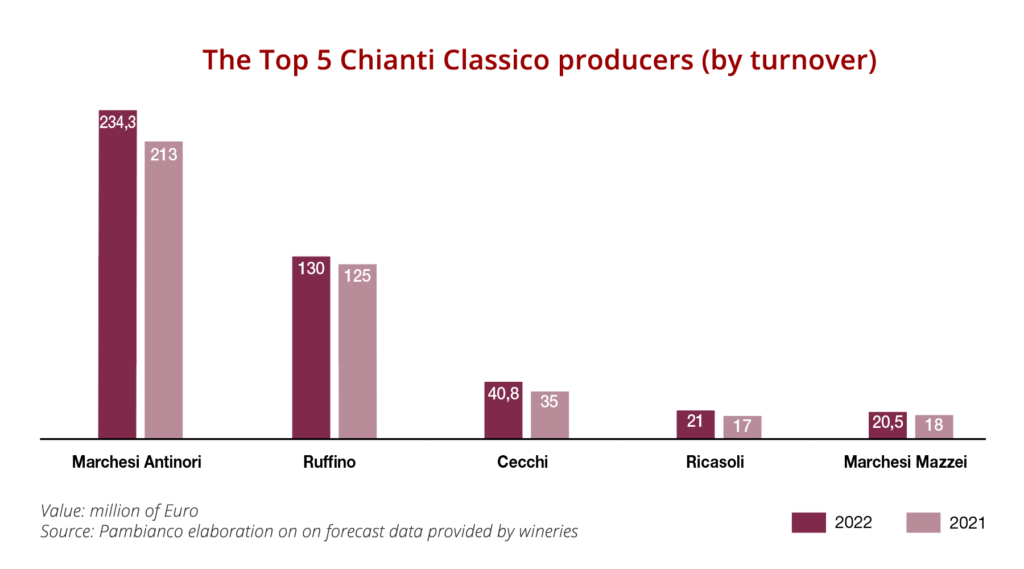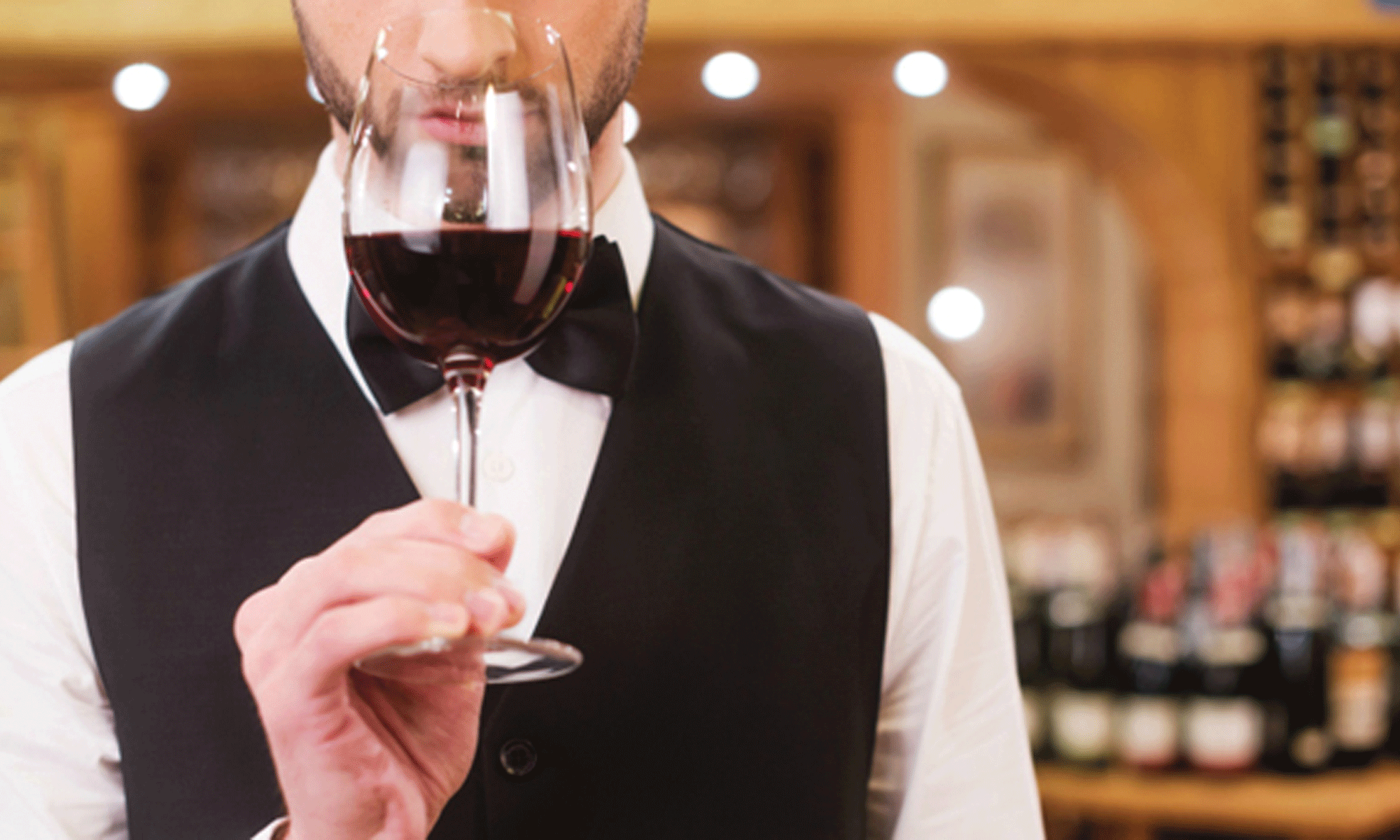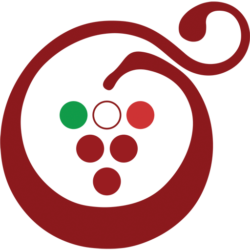
The legendary Chianti Classico DOCG is known worldwide for its iconic black rooster symbol, standing tall among other prestigious wines. With over 300 years of history, Chianti Classico continues to thrive, with a land of 70,000 hectares, of which 7,200 are dedicated to vineyards. In February 2022, the latest official data reveals that the value of Chianti Classico sales increased by 7% compared to the previous year, highlighting the growing trend of this exquisite wine.
In 2022, around 37 million bottles of Chianti Classico were sold, with 80% exported to 160 countries, the USA being the top market. However, emerging countries such as South Korea and Norway are showing a promising trend in sales.
The price of grapes, both in bulk and bottled, and the value of the land, have also increased significantly. Two years ago, a hectare of Chianti Classico was around 150 thousand euros, while currently, it is between 200 and 250 thousand.
Gran Selezione
In 2014, a new Chianti Classico pyramid was introduced with the addition of the top tier of Gran Selezione, further defining the wine’s superior quality. Today, the three tiers in the Chianti Classico denomination are Annata, Riserva, and Gran Selezione. Annata can be released on the market on October 1st following the year of the harvest, while Riserva must age at least 24 months, with at least 3 months in the bottle. Gran Selezione is produced with grapes from a single vineyard or with a selection of the best grapes from vineyards owned by the wine producer.
In 2014, 33 producers introduced as many labels to the international press. Today, 164 producers have Chianti Classico Gran Selezione in their product portfolio, with 203 labels, a testament to the growing popularity of this premium wine.
UGA (Additional Geographical Units)
In 2021, a turning point was reached with the UGA (Additional Geographical Units) project, dividing the denomination area into eleven smaller areas. The apex of the denomination corresponds to 6% of the total production of DOCG-certified wines, with the exclusion of all international vines, passed with the same specification from 80 to 90% Sangiovese. The first UGAs are set to hit the market in July 2023, and by 2025, the assembly will decide whether to extend the UGA to the Reserve and the entry-level, making Chianti Classico a highly sought-after wine worldwide.
The Top 5 Chianti Classico producers by turnover

Insights from the Top 5 producers
- Marchesi Antinori, a historic estate that has been making wine for over 600 years and has a deep connection to the Chianti Classico region. In fact, Antonio Antinori played a key role in defining the boundaries of the Chianti Classico area back in 1716. Today, the estate owns five vineyards in Chianti Classico, which cover over 400 hectares of vineyards and produce around 1.5 million bottles. Marchesi Antinori exports to 168 countries and produces a total of 9.5 million bottles. According to Albiera Antinori, the potential of Chianti Classico is immense, which is why the estate has recently invested in new vineyards in Gaiole and Castellina in Chianti. For Marchesi Antinori, Chianti Classico is a unique territory that offers everything from history and tradition to culture and landscape. And with Sangiovese as the star grape, there’s no limit to the qualitative excellence that can be achieved.
- Ruffino has been producing Chianti wine since 1877 and owns three significant vineyards in Chianti Classico: Santedame, Gretole, and Montemasso. These vineyards cover 197 hectares and produce 2.5 million bottles out of a total of 25 million for the estate. The Riserva Ducale makes up 80% of Ruffino’s Chianti Classico turnover and has been the estate’s most representative product since 1927. Sandro Sartor, CEO of Ruffino, has a deep respect for Chianti Classico and believes that the appellation is healthy and moving in the right direction. In fact, the estate is planning to introduce a new brand by the end of 2023. Sartor also believes in the importance of understanding the specificities and different territorial facets of Chianti Classico through the UGA journey.
- The Cecchi family., with two estates in Castellina in Chianti, i.e. Villa Rosa and Villa Cerna, and a total of 100 hectares of vineyards owned produces 110,000 bottles from these two estates alone, with a focus on the on-trade channel. The Cecchi family has been present in the Chianti Classico area even before the birth of the DOC in 1967. Villa Cerna was acquired in the 1960s, complete with its ageing cellar, the historic residence from the 10th century, and guesthouse. Villa Rosa, on the other hand, was acquired in 2015, and its single Sangiovese vineyard produces the Gran Selezione according to strict quality criteria. The Cecchi family also owns three other estates, with a total production of 8.5 million bottles, and exports to 53% of the world’s countries.
- The Ricasoli family’s history in wine dating all the way back to 1141. In the 19th century, Baron Bettino Ricasoli perfected “the first recipe for Chianti wine.” Today, the family’s vineyards extend over 240 hectares, with a production of around 1.4 million bottles. The preferred sales channel is on-trade, accounting for 95%, followed by large retails with 4% and e-commerce with 1%. The Ricasoli family exports 80% of their wine to 70 countries around the world. In 2007, precise sub-zone divisions were made on the Ricasoli vineyards, and the first cru was created on land mainly of Alberese. Two more crus were born in 2015 from marine deposits and river terraces, and the family plans to continue with two more crus in the future if optimal conditions allow it. President Francesco Ricasoli is a firm believer in the potential of the Brolio terroir to demonstrate the variety and personality of Sangiovese. He is in favour of the UGA and sees it as a declaration to the world that their territory has grown and they want to give identity to their differences.
- The Mazzei family, now in their 25th generation operating the company, has a long and intertwined history with Chianti Classico. Ser Lapo Mazzei, a notary, was the first to use the word Chianti in an official deed in 1398. Castello di Fonterutoli, with its 110 hectares of vineyards, produces about 800,000 bottles. With two other estates outside of Chianti Classico in Maremma and Sicily, the Mazzei family produces a total of 1.3 million bottles, with 70% in the on-trade channel, 10% in large retails, and 20% direct sales through an online wine club. The family exports 70% of their wine to 70 countries. They are among the promoters of the Gran Selezione and the UGA, and Francesco Mazzei believes that the UGA will raise the perception of the denomination and have positive effects in the villages. He sees Chianti Classico as a strong appellation, well-positioned and known throughout the world, and capable of reaching the level of the great wines in the world.
Singapore, November 6th, 2023 – I attended a nice B2B wine tasting event organized by DealExport at 13% Wine Bistro in Singapore. The event showcased multiple French wineries looking for potential distributors in the Singapore market. Over 50 labels were available for sampling, but the highlight for me was the incredible Champagne flight featuring 19 different bubbly.
Sources:

